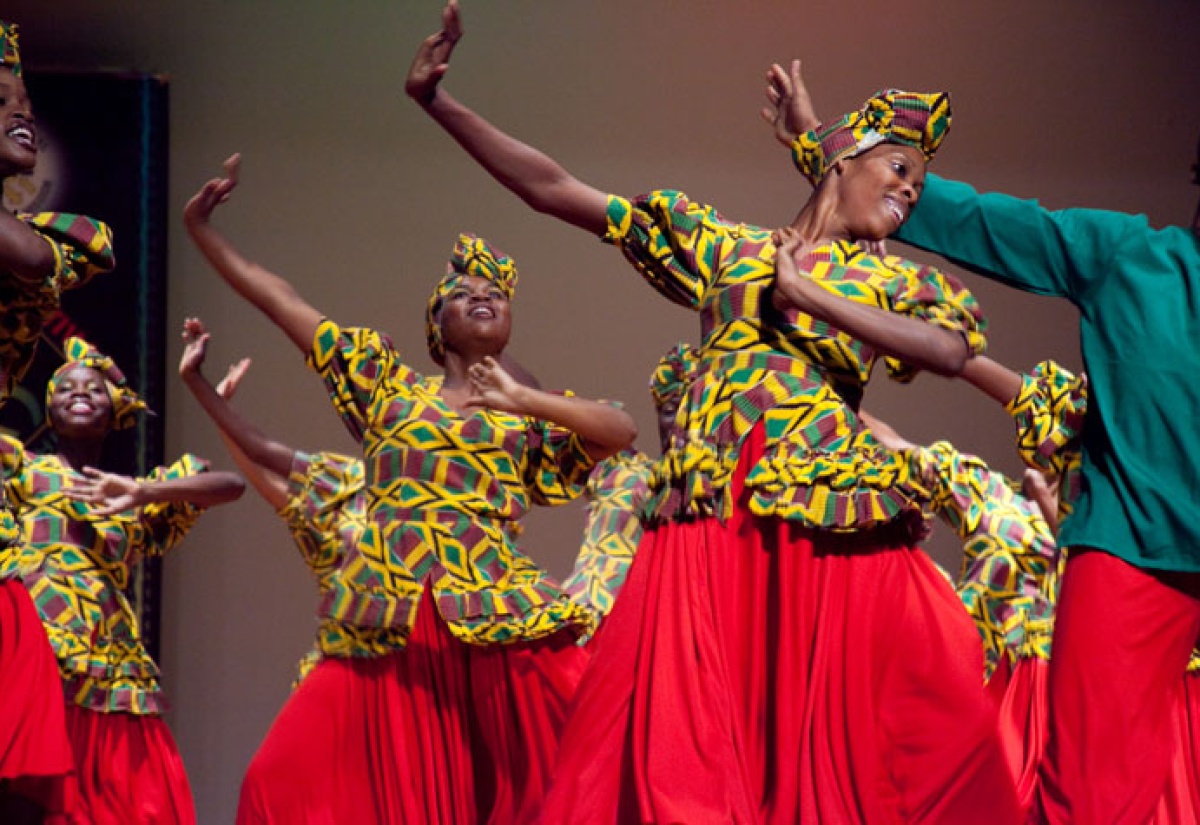todozoo.com – Jamaica, an island nation in the Caribbean, is renowned for its vibrant culture that pulsates with the rhythms of music and dance. The island’s cultural journey is intricately woven into the fabric of its society, with music and dance serving as the heartbeat of Jamaican life. From the bustling streets of Kingston to the serene beaches of Montego Bay, the sounds of reggae, ska, dancehall, and mento fill the air, inviting locals and visitors alike to move to the rhythm.
The Birth of Reggae
Reggae music, arguably the most famous musical export of Jamaica, emerged in the late 1960s as a progression from ska and rocksteady. Its roots are deeply embedded in the Rastafarian culture, which influenced its themes of social justice, peace, and love. Bob Marley, the world’s most renowned reggae artist, brought the genre to international acclaim, making it a symbol of Jamaica’s cultural identity. Reggae’s infectious beats and thought-provoking lyrics continue to resonate globally, transcending language and cultural barriers.
Ska and Rocksteady: The Precursors
Before reggae took the world by storm, ska and rocksteady laid the groundwork for Jamaica’s musical revolution. Ska, with its fast tempo and emphasis on horn sections, was the first distinctly Jamaican music to gain popularity in the early 1960s. It was a fusion of American jazz and rhythm and blues with traditional Jamaican mento. Rocksteady, characterized by its slower, more soulful sound, emerged in the mid-1960s as a precursor to reggae, setting the stage for the genre’s evolution.
Dancehall: The Modern Sound
Dancehall, a more modern offshoot of reggae, emerged in the late 1970s and has since become a dominant force in Jamaican music. Known for its electronic beats and raw lyrics, dancehall reflects the fast-paced, urban lifestyle of Kingston. It has evolved over the years, incorporating elements of hip-hop, rap, and other global musical influences. Dancehall parties, or “dances,” are a staple of Jamaican nightlife, where the latest sounds are showcased, and new dance moves are born.
The Dance of Jamaica
Just as music is integral to Jamaican culture, so too is dance. The island’s dance styles are as diverse as its music, with each genre inspiring its own unique movements. Reggae dance is characterized by its smooth, rhythmic movements, while dancehall has given rise to more acrobatic and sexually suggestive dances. The “toasting” style of dancehall, where dancers mimic the actions of a DJ on the microphone, is particularly popular.
Cultural Festivals: A Celebration of Music and Dance
Jamaica’s cultural festivals are a testament to the island’s rich musical heritage. Events like Reggae Sumfest, held annually in Montego Bay, and the Rebel Salute festival, which focuses on roots reggae, attract thousands of music lovers from around the world. These festivals are not just about the music; they are a celebration of Jamaican culture, history, and identity, where dance plays an equally important role.
Conclusion
Jamaica’s journey through music and dance is a testament to the island’s resilience, creativity, and spirit. From the early days of ska to the modern sounds of dancehall, Jamaican music has evolved, yet it remains deeply rooted in the country’s cultural traditions. Dance, an integral part of this journey, has kept pace with the music, reflecting the changing times while maintaining its connection to the past. Together, music and dance continue to be the lifeblood of Jamaican culture, uniting people across generations and around the globe.
